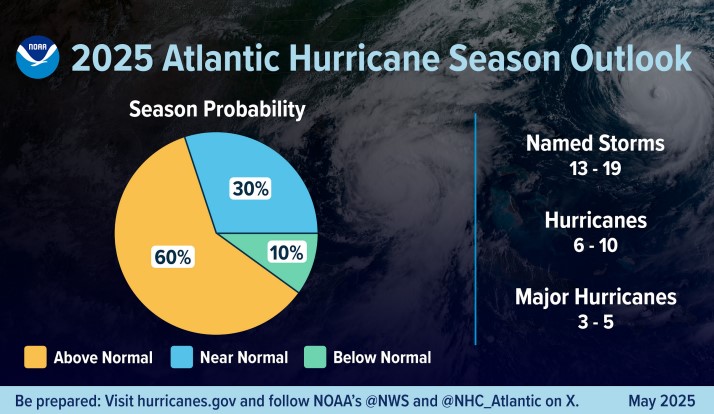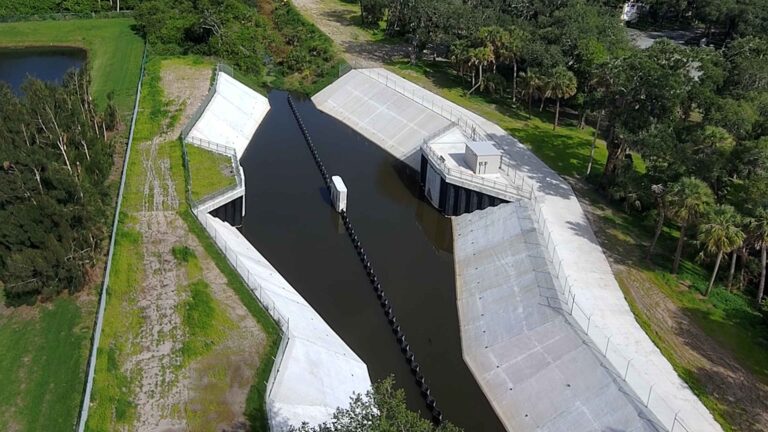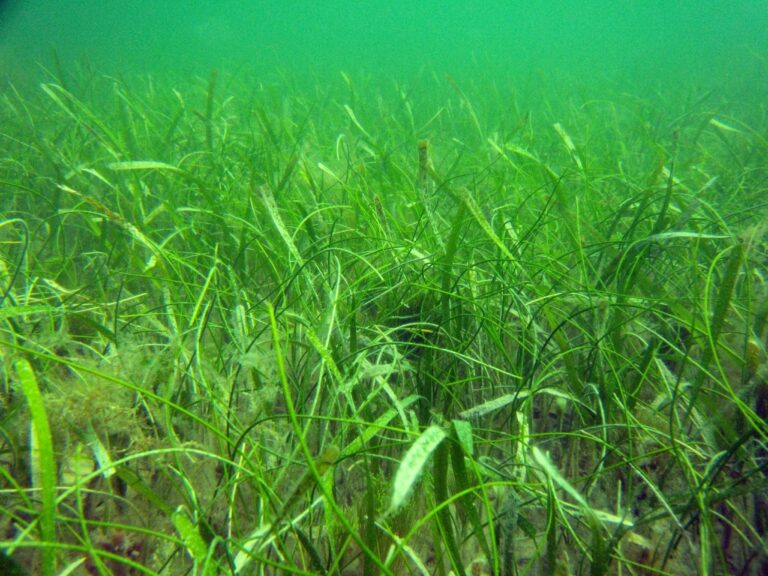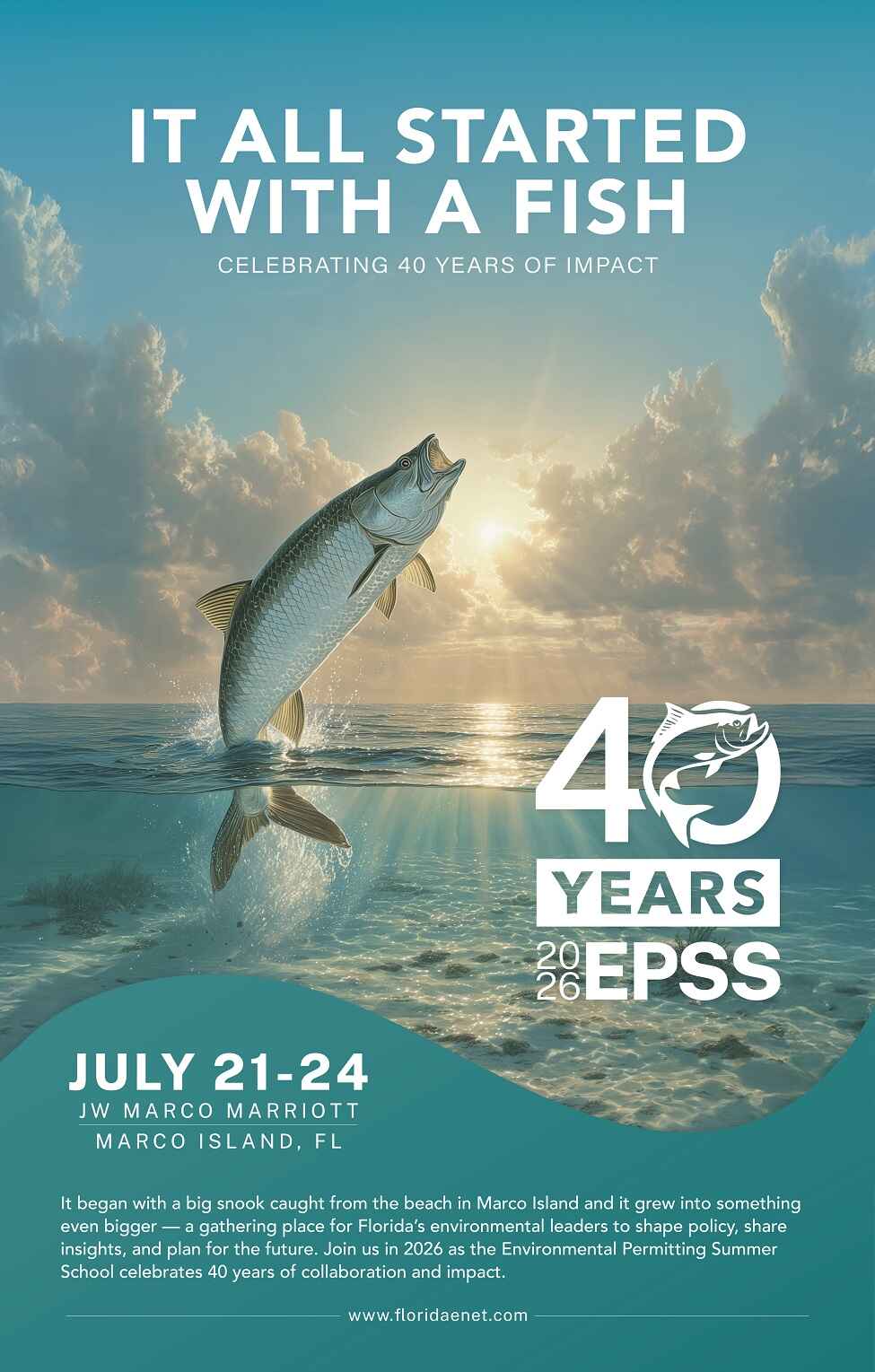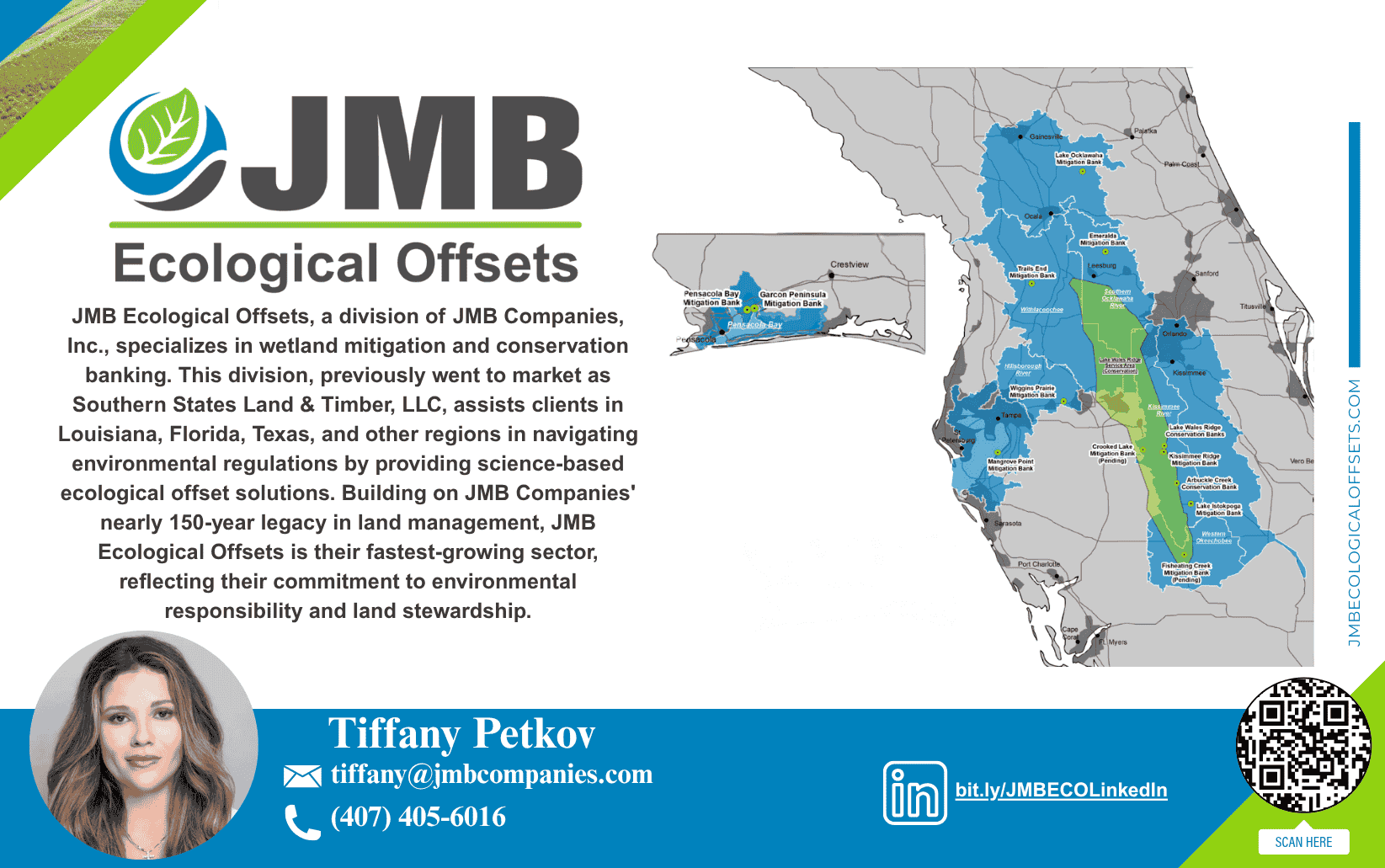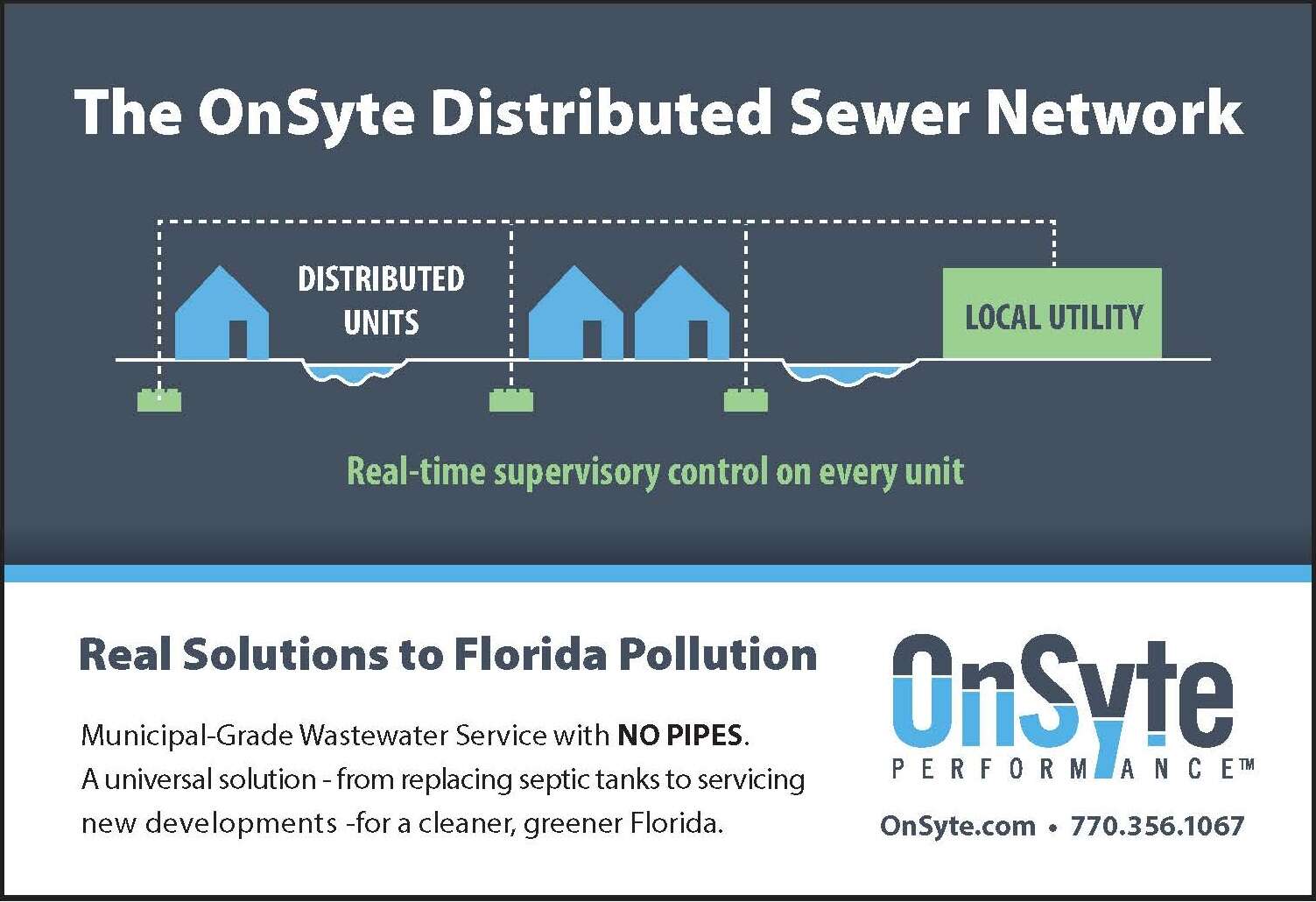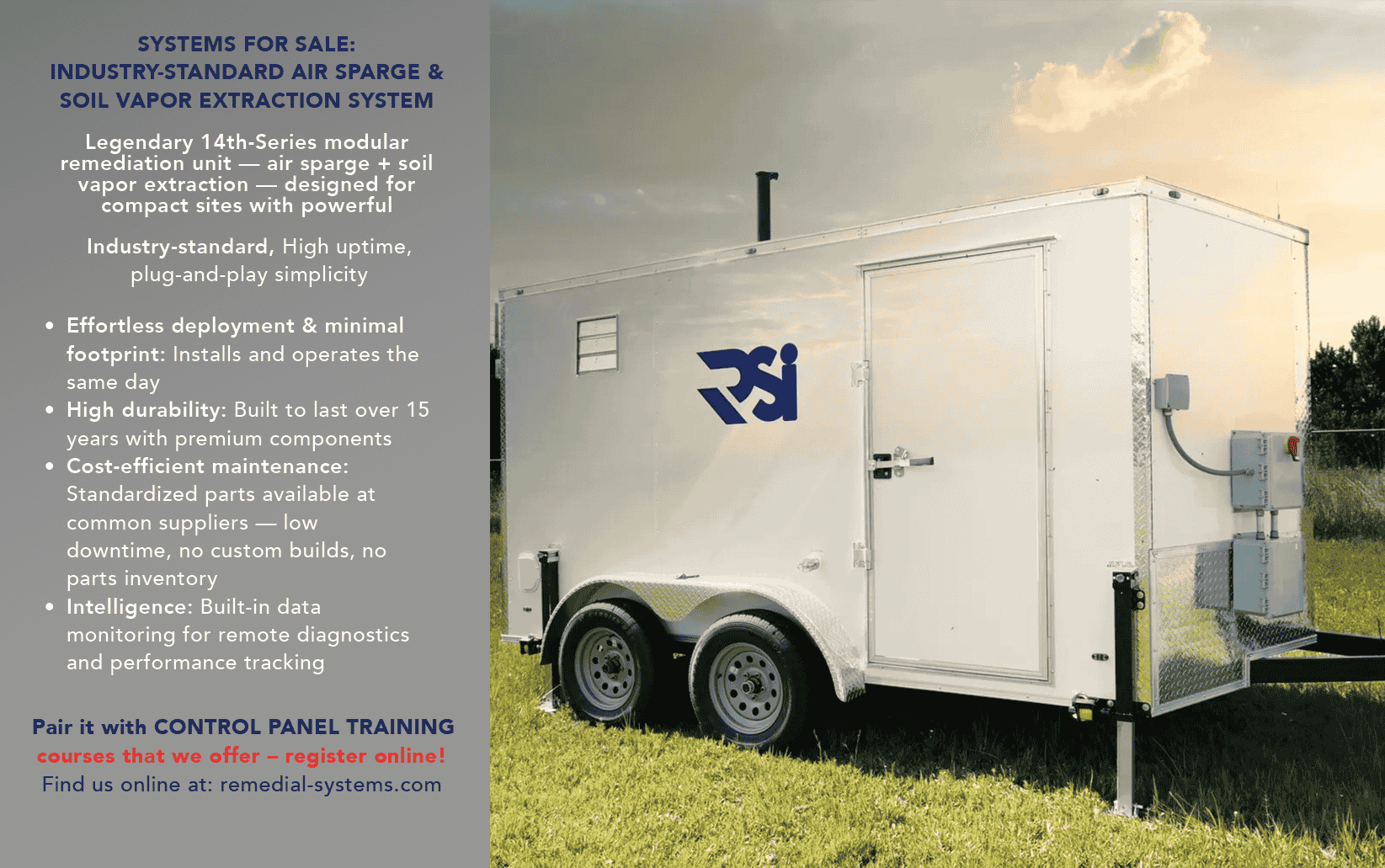By CAITLIN BUTLER
Tucked away in the heart of Melbourne, Crane Creek is a waterway that plays a far bigger role in the environment than its size would imply. Once a vibrant ecosystem feeding into the Indian River Lagoon (IRL), Crane Creek has suffered from periods of nutrient pollution, stormwater runoff, and habitat degradation.
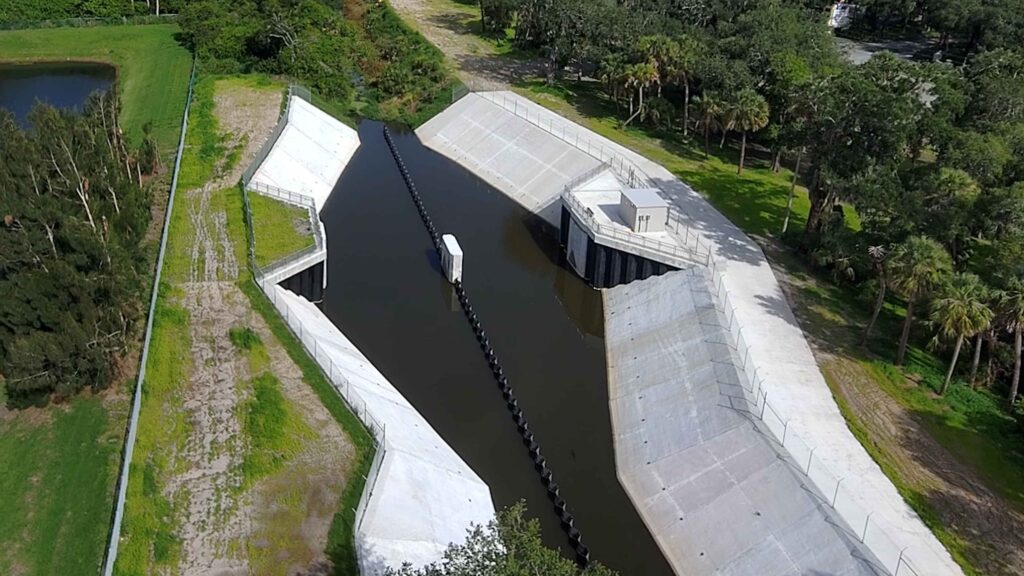
Today, however, a major restoration effort is underway, and the ripple effects will be felt not just within the IRL, but throughout all of Florida’s economy, tourism, and quality of life.
The M-1 Canal, originally developed for agricultural reasons, is now a 100-year-old man-made flood control feature in Brevard County, cutting through the historic drainage divide between the St. Johns River and the IRL. Over time, the canal began diverting stormwater from a vast drainage area servicing parts of Melbourne and unincorporated Brevard County. Consequently, this sent untreated water east to the lagoon via Crane Creek and carried excess nutrients that can harm water quality and fuel harmful algal blooms.
The St. Johns River Water Management District (District), in close partnership with Brevard County and the Florida Department of Environmental Protection, launched the Crane Creek/M-1 Canal Flow Restoration Project to reverse this damage through an innovative project design that features a weir, stormwater treatment pond, and natural wetland buffers. A weir is a structure that allows water to flow over its top while managing the water level and flow rate.
While all components are critical, at the heart of the project is the state-of-the-art operable weir structure installed in the M-1 Canal. This weir acts as a barrier that restores the historic drainage divide, preventing stormwater runoff from being diverted east to the IRL and instead redirecting it west about three miles into a newly constructed stormwater treatment area. There, it is naturally filtered through a system of treatment ponds and wetlands that remove pollutants before the water continues its journey to the St. Johns River.
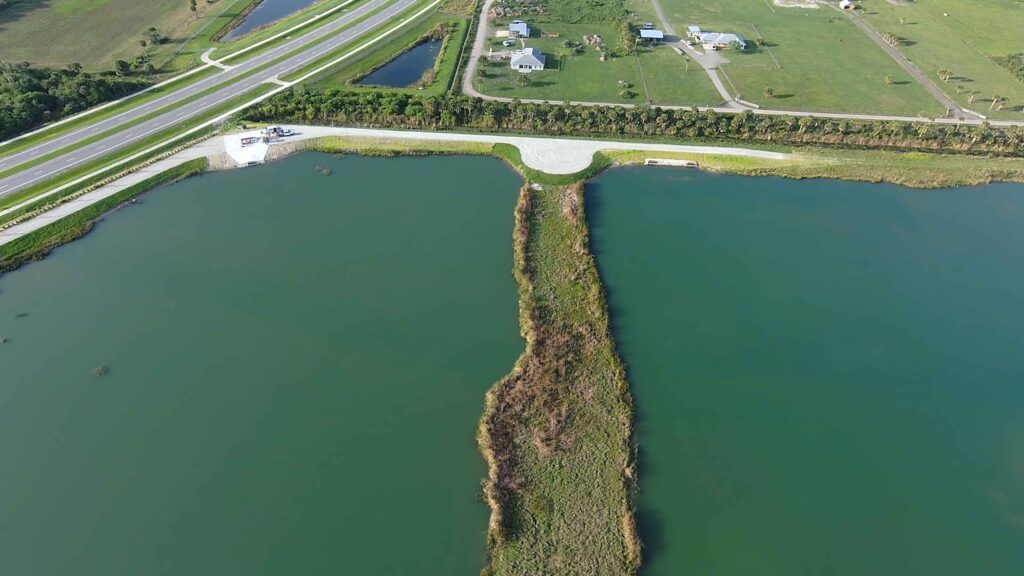
Importantly, the weir maintains the existing flood control capabilities of the M-1 Canal while allowing the capture of runoff for treatment — a critical safeguard for local communities.
In all, the project is designed to restore and treat stormwater that once flowed untreated into the lagoon. By improving how this water is managed, the project significantly boosts water quality — not just for the lagoon, but for the entire watershed. Additionally, the project restores up to 7 million gallons of freshwater flow per day to the St. Johns River, providing an alternative water supply source for downstream users and strengthening the health and resilience of the whole river system.
But the project’s impact goes beyond water chemistry.
Thanks to restoration efforts like the one at Crane Creek, the IRL’s recovery is gaining real momentum. By preventing untreated runoff from reaching the lagoon and filtering it through restored wetlands, the District is safeguarding a way of life and an outdoor economy that defines the Space Coast.
The Indian River Lagoon is more than a local treasure — it is a vital engine in Florida’s $40 billion tourism economy. People travel from around the world to explore one of North America’s most biologically diverse estuaries, home to dolphins, manatees, and hundreds of bird and fish species. Clean water is the foundation of this experience, supporting everything from fishing charters and kayaking to nature photography and waterfront dining.
This progress is made possible largely through robust state support. Funding from Governor Ron DeSantis and the Florida Legislature has accelerated key restoration work across the IRL watershed. Their commitment ensures that Florida’s iconic waterways can be restored and protected for future generations — and that communities can continue to thrive alongside them.
Crane Creek may seem like a small corner of Florida, but its restoration represents something much larger — a model for how local solutions, guided by sound science and strong partnerships, can deliver statewide benefits. By investing in projects like this, the District is not only helping protect the IRL, but also the entire 310-mile St. Johns River system, which flows north from Indian River County to Nassau County.
Clean water, resilient ecosystems, and thriving communities all begin with a weir, a creek, and a bold commitment to restoration — ensuring these interconnected waterways remain vibrant, resilient, and full of life for years to come.
— Caitlin Butler, St. Johns River Water Management District Regional Media and Communications Coordinator





